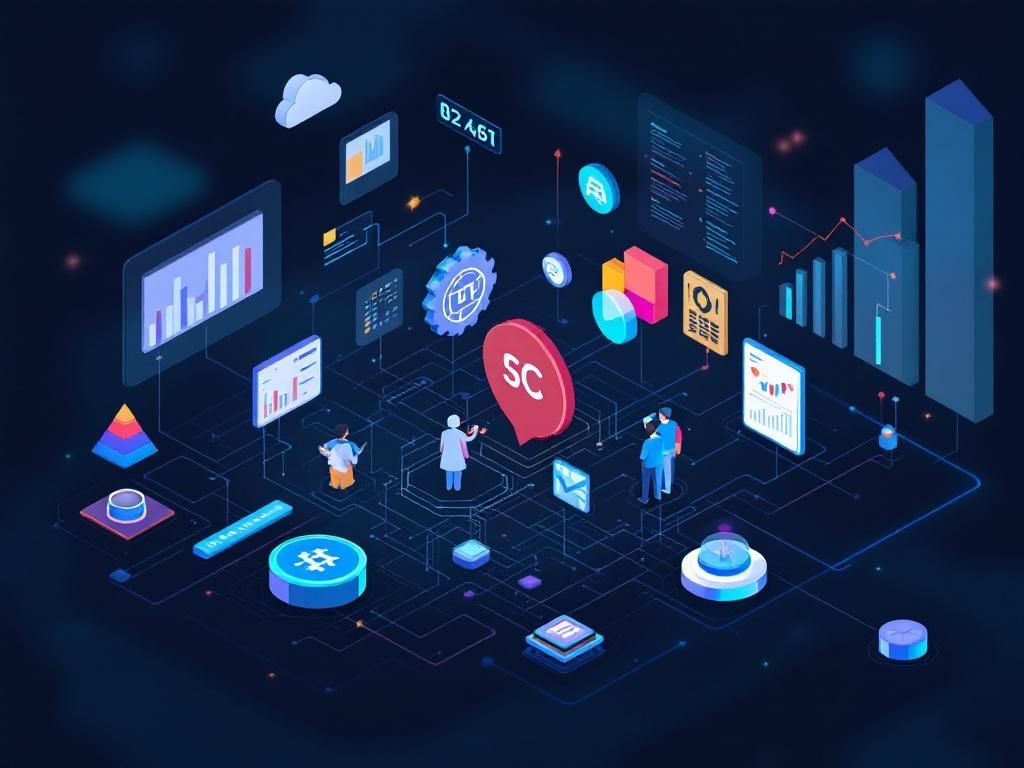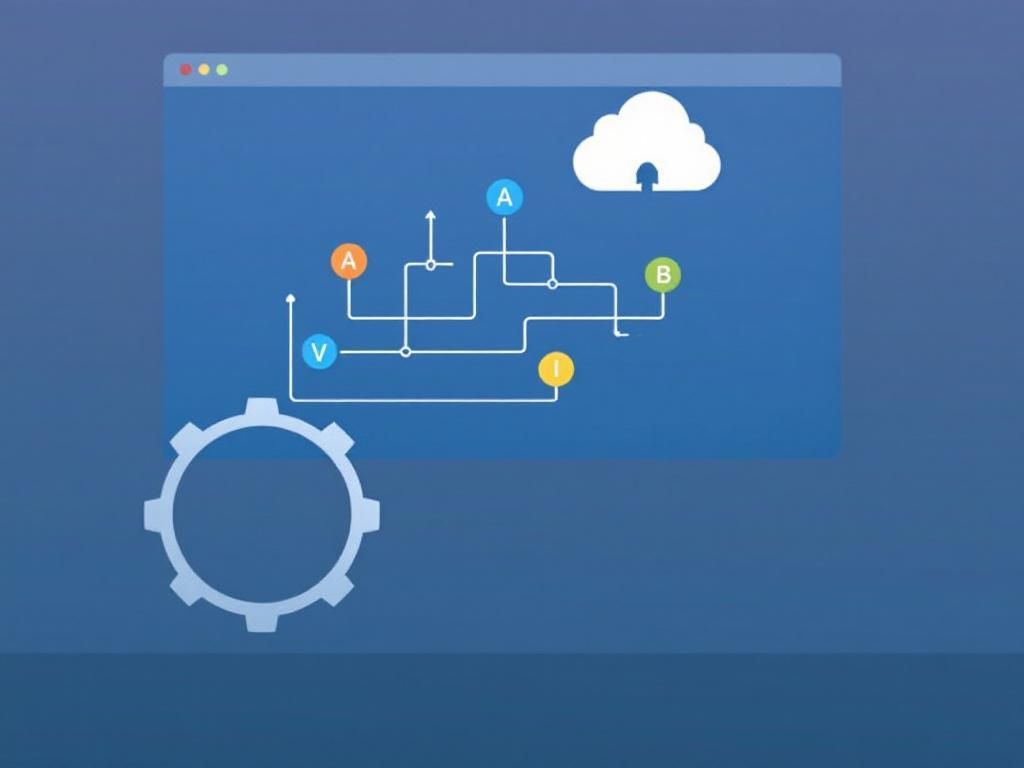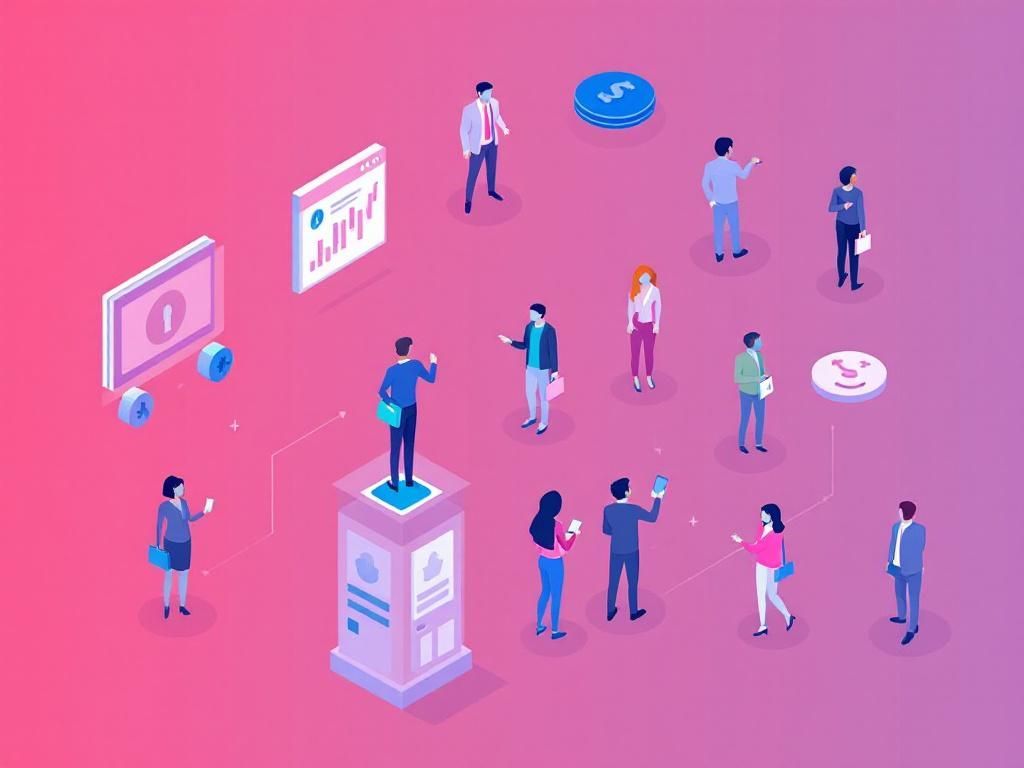Elevate Your Enterprise with Software Asset Management
Discover how Software Asset Management services can elevate your enterprise by optimizing software usage and reducing costs effectively.

In today’s fast-paced digital landscape, businesses rely heavily on software solutions to enhance productivity, streamline operations, and foster innovation. However, managing these software assets can be a daunting task, especially for large enterprises. Software Asset Management (SAM) services offer a strategic approach to optimize software usage, ensure compliance, and ultimately drive cost savings. This article delves deep into the significance of SAM and how it can elevate your enterprise’s operational efficiency.
Table of Contents
The Importance of Software Asset Management
Software Asset Management is not just about keeping track of licenses; it’s a comprehensive strategy that encompasses procurement, deployment, maintenance, and disposal of software assets. Some of the key benefits of implementing SAM include:
- Cost Optimization: By analyzing software usage, organizations can identify underutilized licenses and eliminate unnecessary expenditures.
- Compliance Assurance: SAM helps ensure that your organization adheres to software licensing agreements, reducing the risk of fines and legal issues.
- Informed Decision Making: With a clear understanding of software inventory and usage patterns, enterprises can make data-driven decisions regarding software investments.
- Enhanced Security: Managing software assets helps organizations identify vulnerabilities and ensure that all software is up to date with the latest security patches.
Key Components of Software Asset Management
To effectively manage software assets, a comprehensive SAM program should include the following components:
1. Software Inventory Management
This involves maintaining a detailed record of all software in use within the organization. It includes:
- Cataloging software titles and versions
- Tracking licenses and agreements
- Monitoring installations and usage
2. License Compliance Management
Ensuring compliance with software licenses is crucial for avoiding legal repercussions. Key practices include:
- Regular audits to ensure compliance
- Reviewing license agreements for terms and conditions
- Implementing controls for software installations
3. Software Lifecycle Management
Managing the software lifecycle from procurement to disposal is essential for maximizing value. This includes:
| Stage | Description |
|---|---|
| Procurement | Acquiring the necessary software licenses and ensuring they meet business needs. |
| Deployment | Installing and configuring the software for use across the organization. |
| Maintenance | Regularly updating and patching software to ensure optimal performance and security. |
| Disposal | Properly decommissioning software that is no longer needed and managing licenses accordingly. |
Implementing Software Asset Management
To implement an effective SAM program, organizations should follow a structured approach:
1. Define Objectives
Establish clear goals for your SAM program, such as reducing costs, improving compliance, or enhancing security. This will guide your strategy and help measure success.
2. Assess Current State
Conduct a thorough assessment of your existing software assets. This includes:
- Evaluating current software usage and licenses
- Identifying gaps in compliance or inventory
- Understanding user needs and preferences
3. Choose the Right Tools
Invest in SAM tools that provide real-time visibility into software usage and compliance. Some popular SAM tools include:
- Flexera
- Snow Software
- ManageEngine
4. Develop Policies and Procedures
Create policies around software procurement, installation, and maintenance. Ensure that all employees are aware of these policies to foster a culture of compliance.
5. Provide Training
Training employees on software usage and compliance is critical. Your training program should cover:
- Understanding software licenses
- Identifying unauthorized software installations
- Best practices for software updates
Challenges in Software Asset Management
While SAM offers numerous benefits, organizations may face challenges during implementation:
1. Resistance to Change
Employees may be resistant to adopting new processes or tools. To overcome this, it’s important to communicate the benefits of SAM and involve users in the process.
2. Complex Licensing Agreements
Software licensing can be convoluted, making compliance difficult. Organizations should invest in training and leverage SAM tools to navigate these complexities.
3. Dynamic Software Landscape
The rapid evolution of software technologies means that SAM must be agile. Organizations should stay informed about trends and continuously adapt their strategies.
Future Trends in Software Asset Management
The SAM landscape is evolving, and several trends are shaping its future:
1. Increased Automation
Automation tools are becoming integral to SAM, reducing manual efforts and minimizing errors. Look for tools that offer:
- Automated license compliance checks
- Automatic software updates and patch management
2. Integration with IT Asset Management (ITAM)
Integrating SAM with broader IT asset management practices allows for a holistic view of all IT assets, optimizing resource allocation and management.
3. Cloud-Based Solutions
As more businesses move to the cloud, SAM must adapt to manage software assets in cloud environments effectively. This includes:
- Tracking usage across multiple cloud services
- Ensuring compliance with cloud service agreements
Conclusion
In conclusion, Software Asset Management is a critical component of IT strategy for enterprises looking to optimize software usage and ensure compliance. By employing a structured approach to SAM, businesses can not only save costs but also enhance operational efficiency and mitigate risks. As technology continues to evolve, embracing the latest trends and tools in SAM will be vital for staying ahead in a competitive landscape.
FAQ
What are Software Asset Management Services?
Software Asset Management Services refer to the processes and tools that help organizations manage, track, and optimize their software assets throughout their lifecycle.
Why is Software Asset Management important for enterprises?
Software Asset Management is crucial for enterprises as it ensures compliance with licensing agreements, reduces software costs, and improves operational efficiency.
How can Software Asset Management Services benefit my business?
These services can benefit your business by minimizing legal risks, optimizing software usage, and providing insights for better decision-making regarding software investments.
What tools are commonly used in Software Asset Management?
Common tools used in Software Asset Management include license management software, inventory management systems, and reporting tools that help track software usage and compliance.
How do I implement Software Asset Management in my organization?
To implement Software Asset Management, start by assessing your current software assets, establishing policies, choosing the right tools, and training staff on best practices.
Can Software Asset Management Services help with cloud software?
Yes, Software Asset Management Services can help manage cloud software by tracking usage, ensuring compliance with subscription models, and optimizing cloud costs.






